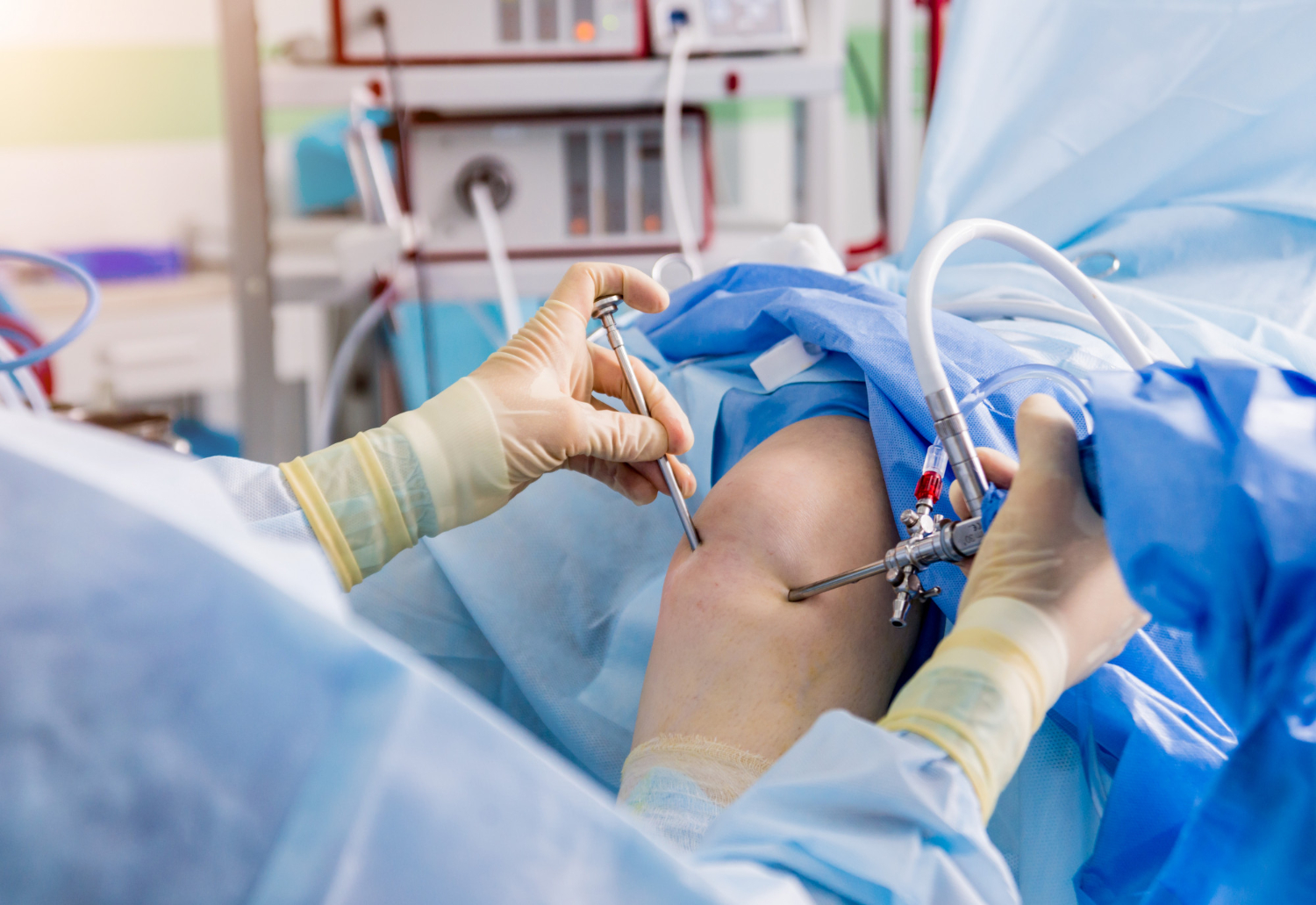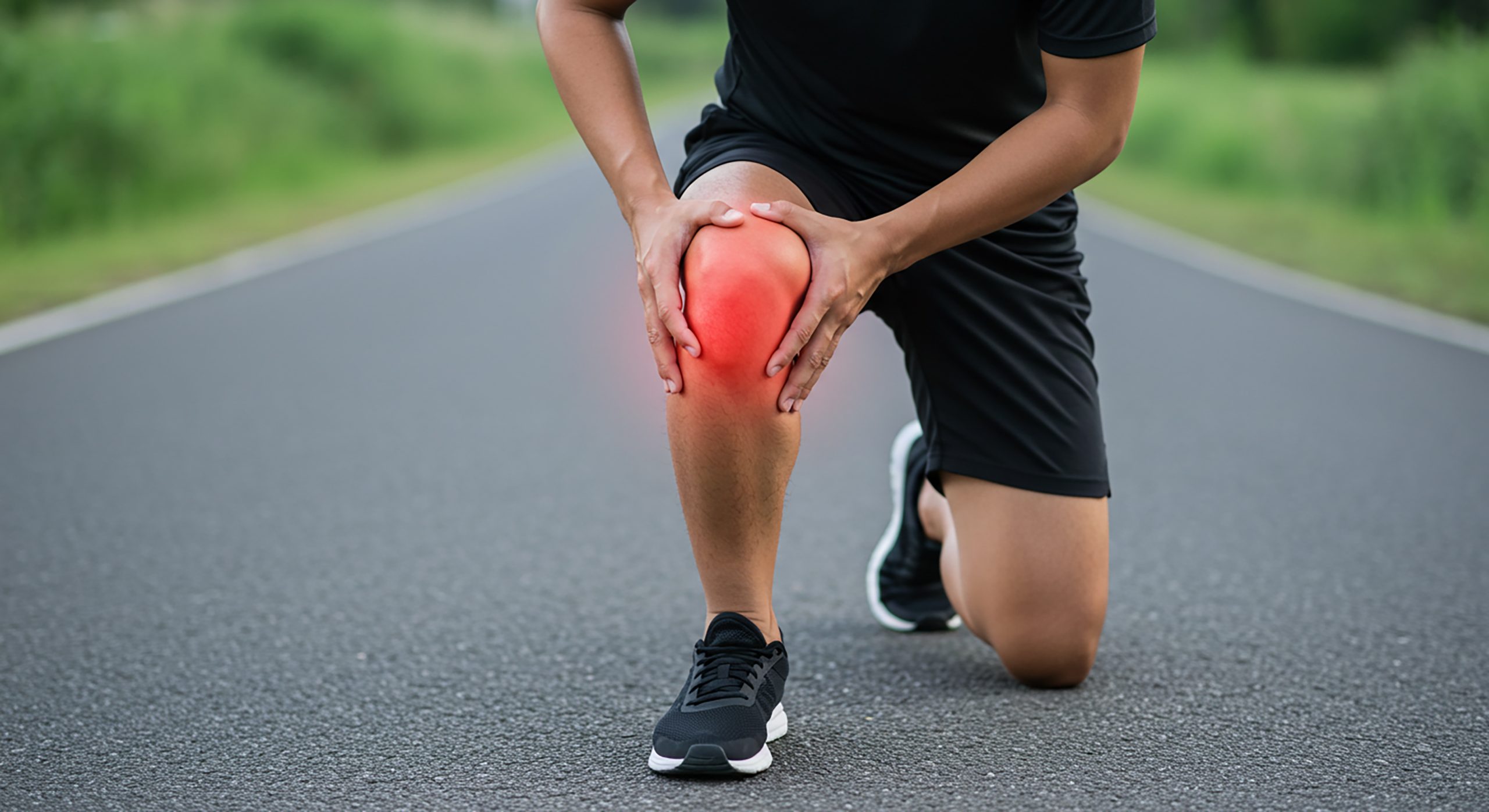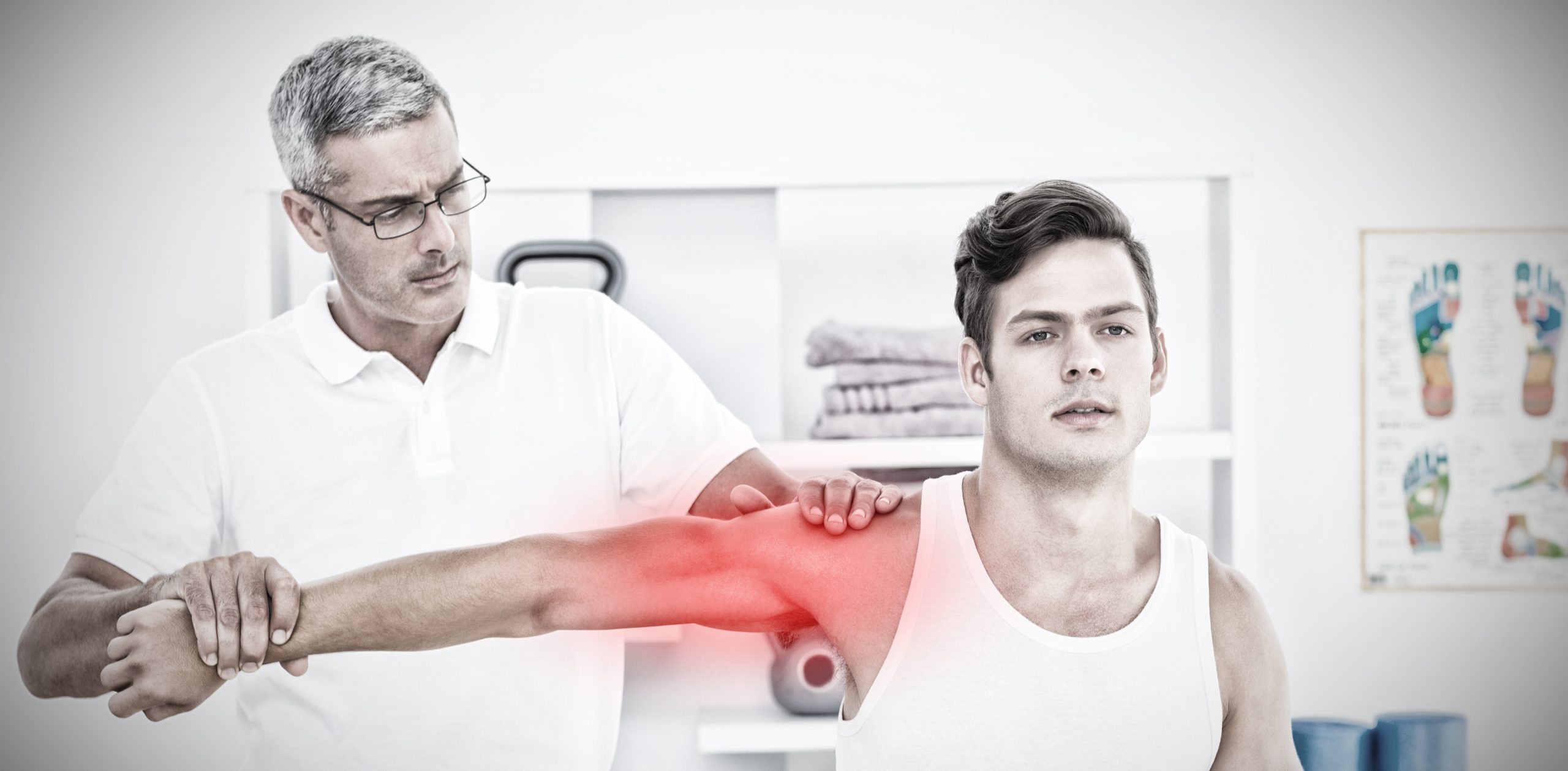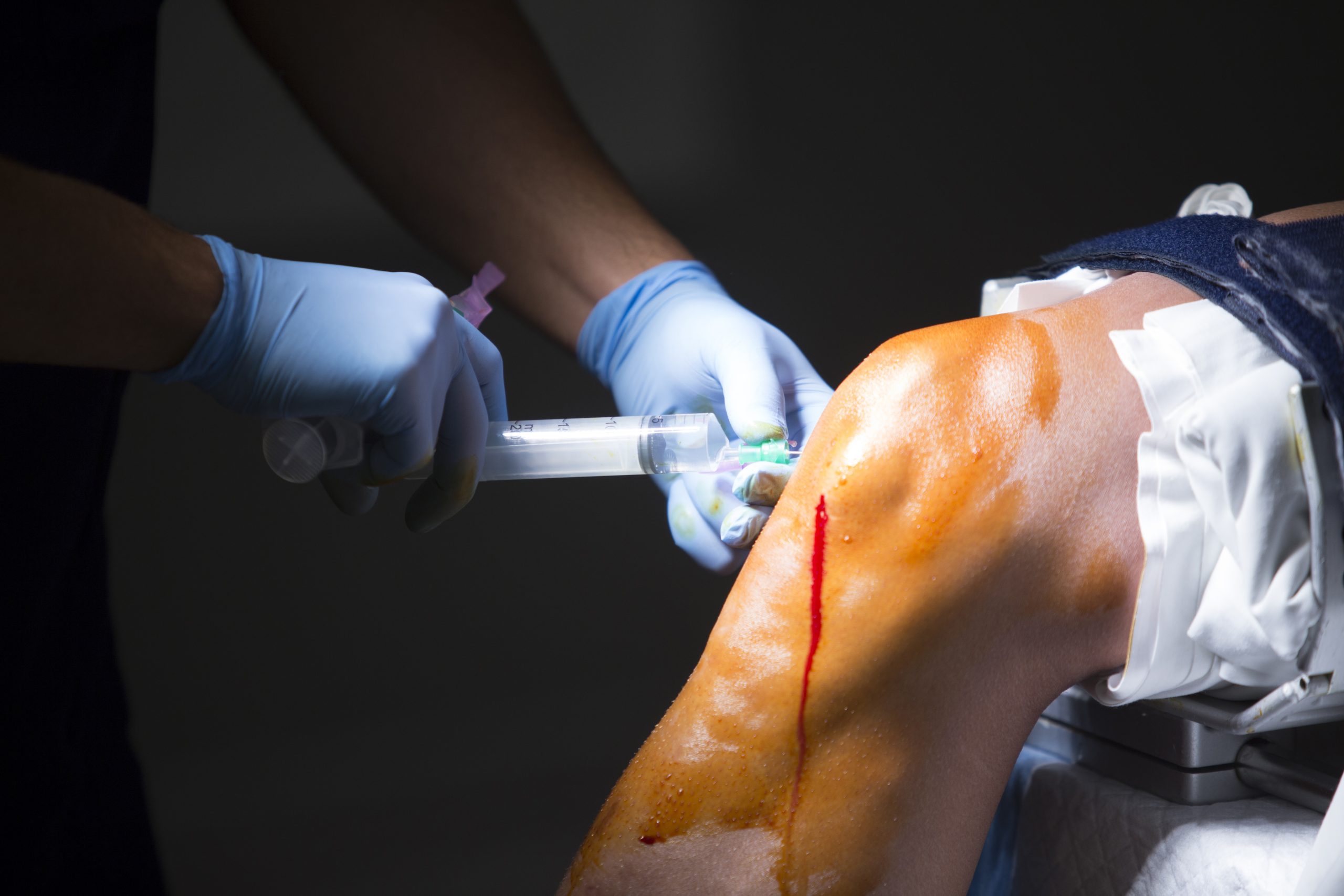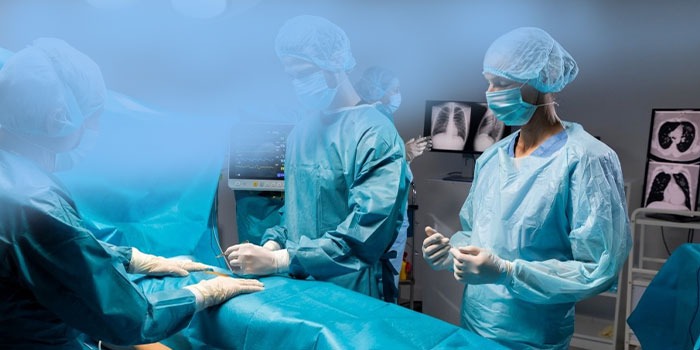10 Common Sports Injuries: Best Treatment and Cure Guide
Physical fitness and activity are excellent for health; unfortunately, they can also come with injuries. As an orthopedic doctor, I often see many patients with common sports injuries that can limit their fitness, performance, or daily lives. However, most are fairly easy, quite treatable, and can be prevented with the right management.
In this post, I will follow-up with where I left off in my first post on treatment of injuries (i.e. sports injuries), what the most common injuries in athletes are, how to recognize them, and what treatments can help you return to playing your sport faster and sports injury prevention tips I have already explained.
What are Sports Injuries?
A sports injury is damage to a body’s muscles, ligaments, bone, or joint that occurs during a sport, a workout, or during some physical activity. Common athletic injuries can occur suddenly (acute injury) or develop over time (chronic injury).
What are Common Sports Injuries?
There are many common athletic injuries, although some happen again and again due to some or a repetitive movement, an abrupt twist, a collision, or a direct hit. We will go over the top 10 common sports injuries and the best ways to self-manage them.
Top 10 Common Injuries in Sports
1. Ankle Sprain
- What it is: A sprained or torn ligament at the ankle.
- Causes: Sudden twisting, awkward stepping, uneven surfaces,
- Fast treatment steps: RICE (rest, ice, compression, elevation).
- When to see a doctor: Severe swelling, suddenly cannot bear weight.
- Recovery tips: Balance training, strengthening exercises.
2. Hamstring Strain
- What & how it occurs: Overstraining or tearing of muscle at the back of the thigh, which occurs most often with runners or footballers.
- Quick treatment: Rest, gentle stretches, and physiotherapy.
- Exercises to expedite recovery: Hamstring curls and light yoga stretches.
3. ACL / Knee Ligament Tear
Severity: ACL/knee ligament tears are serious injuries commonly seen in athletes playing football, basketball, or any sport with sudden directional changes.
Treatment:
- Conservative: Physiotherapy, braces, activity modification.
- Operative: ACL reconstruction in an active athlete.
- Prevention: Strengthening the quadriceps/hamstrings and balance work.
4. Rotator Cuff Injury
- What it is: An injury to the tendons of the shoulder joint.
- Cause: Overhead activities such as in tennis, swimming, cricket.
- Treatment: Rest, anti-inflammatories, physiotherapy, possible surgery.
- Recovery: Exercises to strengthen and improve shoulder flexibility.
5. Shoulder Dislocation
- What it is: The upper arm bone dislocates from the shoulder socket.
- Causes: Falling, being tackled, or forceful quick throwing.
- Treatment: A physician must examine the dislocation and replace it within the shoulder socket.
- Recovery tips: Will require rest, a shoulder sling, and rehabilitation to regain mobility and strength
- Prevention: Avoid high impact falls and work on strengthening shoulder stabilizers.
6. Shin Splints
- What it is: Pain along the shinbone from overuse.
- Common in: Runners, dancers, and athletes who work out on hard ground.
- Treatment: Rest, ice massage, proper shoes.
- Recovery tips: Return to training lightly; calf stretches.
7. Achilles Tendinopathy / Achilles Tear
- What it is: Inflammation or rupture of the tendon located in the back of the ankle.
- Causes: Overuse, improper footwear, sudden sprinting.
- Treatment: Rest a heel raises, physiotherapy, sometimes surgery.
- Recovery tips: Eccentric calf raises, avoid sudden overload.
8. Patellofemoral Syndrome (Runner’s Knee)
- What it is: Pain at the front of the knee, leading to improper tracking of the kneecap and can occur as a result of improper training or overuse.
- Causes: Running, climbing stairs, squatting.
- Treatment: Strengthening the muscles associated with the knee and/or using a knee nocturnal brace.
- Prevention: Proper warm-up to prevent the overstressing of the muscles and joints; avoid overtraining.
9. Elbow Injuries (Tennis / Golfer’s Elbow)
- What is it: Irritation of tendons around the elbow joint.
- Causes: Repetitive swinging of a racket, lifting weights, or gripping/holding.
- Treatment: Relative rest, physiotherapy and elbow strap.
- Recovery: Strengthening and stretching of forearm muscles.
10. Stress Fractures / Traumatic Fractures
- What it is: Small cracks are known as a stress fracture, and sudden breaks are known as a traumatic fracture.
- Causes: Overuse, falling and collision.
- Treatment: Rest, or a cast/boot, surgery is rare.
- Recovery tip: Good nutrition (calcium, vitamin D), and gradual return to activities.

Which Body Parts Get Injured the Most in Sports?
The parts of the body most impacted include:
- Ankles and knees (sprains, ligament tears)
- Shoulders (torn rotator cuffs, dislocations)
- Legs (hamstring strains, shin splints)
- Elbows (tennis elbow or golfer’s elbow)
- Feet and heels (Achilles tendon issues, stress fractures)

Symptoms
Being aware of the symptoms of common sports injuries can help you recognize the problem early and avoid more serious consequences. While different injuries may not show the same signs, there are characteristic symptoms that are similar in almost every injury sustained by an athlete.
The following are the most common symptoms:
- Pain – The first and most obvious symptom which can be described as mild or sharp pain or pain that is severe.
- Swelling – The injured area will become puffy or enlarged.
- Bruising – Skin around the injury may become blue, purple, or red.
- Stiffness – you may feel that you are unable to move the joint or muscle normally.
- Weakness – strength appears to be decreased for the injured area.
- Tenderness – Pain when touched or pressed in that area.
- Limited movement – Problems with bending or stretching the joint normally.
- Popping or snapping sound – often associated with ligament or tendon injuries, such as an ACL tear.
- Instability – In joints, such as the ankle, knee, or shoulder there may be a feeling that the joint will give way.
- Numbness or tingling – Present sometimes when a nerve injury is involved.
Diagnosis and Tests
Doctors use physical examination, X-rays, MRI, and sometimes ultrasound to diagnose sports injuries and decide on the right sports injury treatment.
Prevention of Sports Injuries
- Warm up prior to working out.
- Be sure to wear proper gear and footwear.
- Increase gradually – don’t overdo it at first.
- Build strength and flexibility.
- Rest for recovery.
Sports injury prevention is as important as treating a sports injury. For many injuries in athletes, prevention is an option.
Treatment & Rehabilitation
Most sports injury treatments follow the RICE (Rest, Ice, Compression, Elevation) treatment. Depending on the specifics of the injury, physiotherapy, bracing, medication, or surgery may be suggested. Overall rehabilitation is immensely important in regaining movement, strength, and balance.
Recovery & Returning to Sport
- Follow your doctor’s advice.
- Do physiotherapy regularly.
- Avoid rushing back to play.
- Maintain fitness with low-impact exercises like swimming or cycling.

A Note from Dr. Khaleelulla
As an orthopedic surgeon in Hyderabad, I’ve seen how common sports injuries in athletes can sideline at all levels. Whether you’re dealing with an ankle sprain, ACL tear, or tennis elbow, early recognition and proper treatment are crucial for a quick recovery. Following the right treatment plan, like RICE for acute injuries and physiotherapy for recovery, can help you get back to your sport faster and prevent further issues. Sports injury prevention is key warm up properly, wear the right gear, and train smart.
If you’re in Hyderabad or in Telangana state and experiencing any sports-related injury, don’t hesitate to consult us. As a specialist in sports medicine, I recommend getting a professional evaluation to ensure you’re on the right path to recovery. With the right approach to sports injury treatment, you can stay active and injury-free for the long term. Prioritize your health and take steps now to avoid common athletic injuries in the future.
FAQ
The best treatment for sports injuries depends on the severity. For most acute injuries, the RICE method (Rest, Ice, Compression, Elevation) and physiotherapy are effective. Serious injuries may require surgical intervention or specialized care.
To recover faster from a sports injury, follow your doctor's rehabilitation program, eat a balanced diet, sleep well, and very importantly don't rush back to physical activities quickly!
Minor injuries like ankle sprains and muscle strains usually heal faster than serious injuries, such as ligament tears or fractures.
Athletes often use physiotherapy, contrast ice baths, sports massage, lucky braces, and in certain circumstances, advanced treatments including platelet rich plasma (PRP) or stem cell injections to speed up recovery.
The golden rule for treating the acute phase of most sport injuries is the RICE principle, Rest, Ice, Compression, and Elevation. Statistically, following the RICE principle reduces pain and swelling and ultimately speeds up recovery time.

